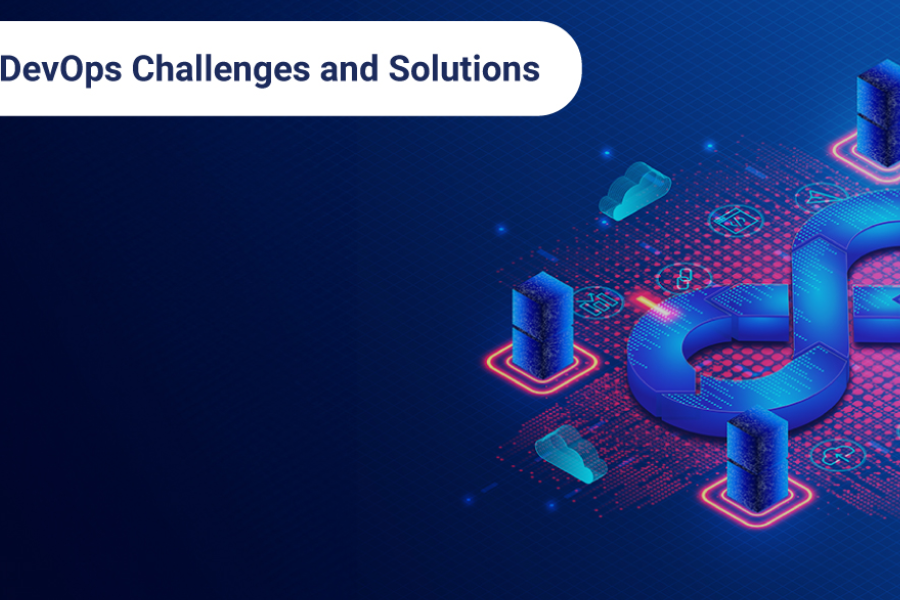The modern software development landscape is changing with the rise in technologies. DevOps offers a transformative approach to bridging the gap between the operations and development teams. It supports the delivery of high-quality software and promotes collaboration. The power of automation enables quick and iterative development cycles in DevOps.
The most crucial aspect of the DevOps pipeline is its smooth and sustainable acceleration. This article digs deep into the significance of integrating testing in DevOps, possible challenges in it, and the practical applications for this powerful integration.
Integrating testing in DevOps
Traditionally, testing is adopted as a separate phase after development which leads to delayed feedback and problems in the continuous delivery process. DevOps promotes testing as an early-stage process that enables quick identification and issue resolution.
Some of the key benefits of integrating testing inthe DevOps pipeline are:
● Quick Bug Detection
The first and most obvious advantage of integrating testing in DevOps is the quick bug detection. It becomes easy for the developers to identify and rectify the bugs at an early stage only to reduce the costs and efforts linked with fixing these issues later.
● Consistent Feedback
It is easy to gain continuous feedback on the code quality which enables the developers to iterate quickly and address the issues promptly.
● Promotes Collaboration
When the integration of testing in DevOps involves developers, testers, and operations teams, it boosts collaboration. Hence, helps in creating a culture of shared accountability and responsibility.
● Quick Time-to-Market
The automation of the testing and smooth integration into the CI/CD pipeline helps businesses accelerate the feature delivery and updates to end-users. This quick time-to-market gives a competitive edge to businesses.
Challenges in integrating testing in DevOps
The process of integration of testing in the DevOps pipeline is not free from common issues. Here are some of the major challenges in this integration:
● Culture and mindset change
Developers need to undergo a mindset shift while switching to a DevOps culture. In this process, the silos are broken and collaboration is prioritized. Further, the lack of buy-in from teams and resistance to change can impact the efficiency of the integration of testing in DevOps.
● Resource availability
The availability of the infrastructure, skilled personnel, and budgets can create an issue for the integration of testing in DevOps. Hence, companies need to ensure proper resource availability.
● Toolchain integration
The integration of the different sets of development, testing, and deployment tools of the DevOps ecosystem requires careful planning. Hence, the toolchain integration should be properly coordinated for seamless operations.
● Test coverage and maintenance
The test coverage should be proper for different application components. Further, the maintenance of the different test suites as a codebase is a difficult process for large-scale projects.
Practical applications for integrating testing in DevOps
Moving ahead, here are the practical applications for integrating testing in DevOps:
● Shift-Left Testing
Firstly, adopt the concept of shifting testing activities to the left in the development lifecycle starting from the requirements to the design phase. Hence, the developers are promoted to write testable codes and perform the unit testing locally. It helps eliminate the possible changes to the version control system.
● Infrastructure as Code (IaC)
The infrastructure configuration can be treated as a code which can be then applied for deployment practices, testing, and versioning. Making all these software codes helps in performing automation testing to enable high levels of consistency and reliability.
● Strict Monitoring
The use of strict monitoring and logging mechanisms helps gain real-time feedback on the performance and user behavior of the application. This feedback is then widely used to iterate the testing strategies and prioritize the key areas for improvement.
● Automation-First Approach
It is important to use automation as the core principle of DevOps. The different end-to-end tests, integration tests, unit tests, and other automated tests should be prioritized in the automation of testing.
● Continuous Integration
The consistent integration practices help trigger the automated tests in events of code changes. Hence, all the defects are detected at an early stage only while all the integration issues are prevented from escalating.
● Continuous Learning
Businesses must embrace the culture of continuous learning and improvement. It helps teams to reflect on their processes, experiment with new tools/ techniques, and identify possible bottlenecks.
● Cross-Functional Collaboration
Last but not least, it is vital to focus on the cross-functional collaboration between different operations, testing, and development teams. It helps in aligning with overall business goals and streamlining processes. This collaboration further encourages joint ownership of quality metrics, pair programming, and knowledge sharing.
Ending Note
Businesses can hence rely on the smooth integration of testing in the DevOps pipeline for achieving reliable and quick releases. It is easy to understand the different aspects of this integration for smooth results.
A quick look at the possible challenges in the seamless integration of testing with DevOps helps prepare for these in advance. Not to miss are the key applications for adapting their testing strategies to stay ahead in the dynamically changing digital environment.
Keep an eye for more news & updates on Mystorieslist!
